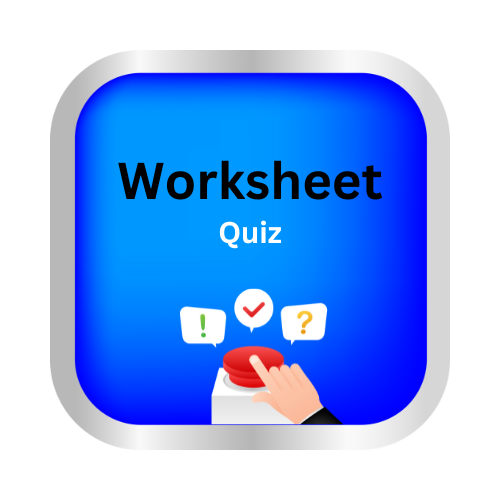Estimate products: word problems
Understanding Estimation
- Definition: Estimation involves finding a number that is close to the exact amount. It is useful when exact numbers are not necessary or practical.
- Purpose: Helps in making quick decisions and checking if answers are reasonable.
Estimation Strategies
- Rounding: Adjust numbers to the nearest ten, hundred, or other place value to simplify multiplication.
- Example: Estimate the product of 47 and 32 by rounding 47 to 50 and 32 to 30, then multiply 50 × 30 = 1500.
- Compatible Numbers: Use numbers that are easy to work with, often multiples of 10.
- Example: For 46 × 27, estimate by using 50 × 30 = 1500.
- Front-End Estimation: Focus on the leading digits of the numbers.
- Example: For 88 × 56, consider 80 × 50.
Solving Word Problems
- Read Carefully: Identify what is being asked and the numbers involved.
- Choose an Estimation Strategy: Decide whether to round, use compatible numbers, or front-end estimation.
- Perform the Estimation: Apply the chosen method to get an estimated answer.
- Check Reasonableness: Ensure the estimated answer makes sense in the context of the problem.
Example Problems
- Problem: You are buying packs of pencils. Each pack has about 25 pencils, and you want to buy 14 packs. Estimate the total number of pencils.
- Estimation: Round 25 to 30 and 14 to 10. Estimate: 30 × 10 = 300 pencils.
- Problem: A library has 56 shelves, each holding about 18 books. Estimate the total number of books.
- Estimation: Round 56 to 60 and 18 to 20. Estimate: 60 × 20 = 1200 books.
Learn with an example
Cindy bought 77 packages of biscuits. Each package had 8 biscuits. About how many biscuits did Cindy buy? Choose the better estimate.
- 64
- 640
Multiply:
77 × 8 = ?
Round the first factor to the nearest ten.

640 biscuits is the better estimate.
A chef prepared 31 plates of prawn. There were 47 prawn on each plate. About how many prawn did the chef prepare? Choose the better estimate.
- 1,500
- 1,100
Multiply:
31 × 47 = ?
Round each factor to the nearest ten.

1,500 prawn is the better estimate.
A biscuit factory produced 31 packages of biscuits. There were 39 biscuits in each package. About how many biscuits did the factory produce in all? Choose the better estimate.
- 120
- 1,200
Multiply:
31 × 39 = ?
Round each factor to the nearest ten.

1,200 biscuits is the better estimate.
Let’s practice!🖊️

